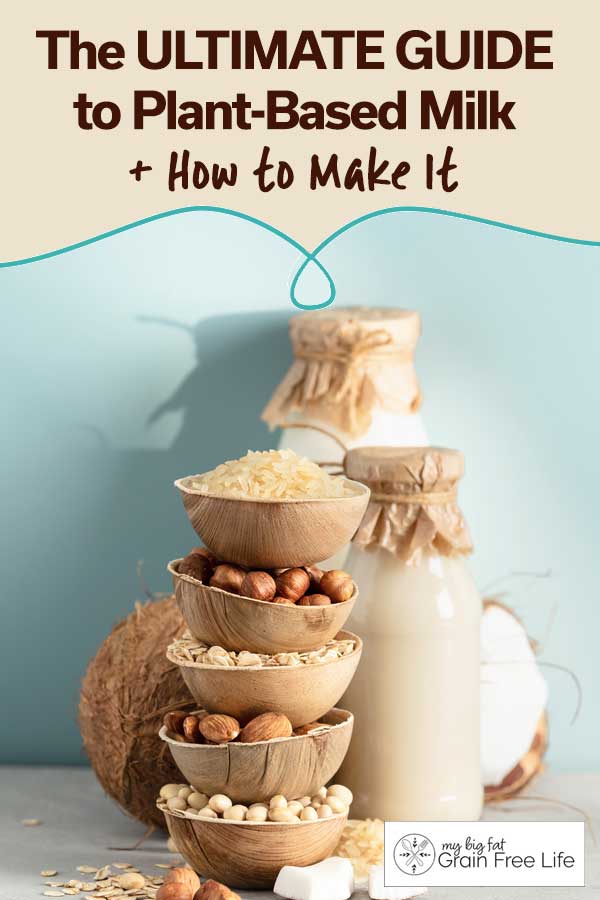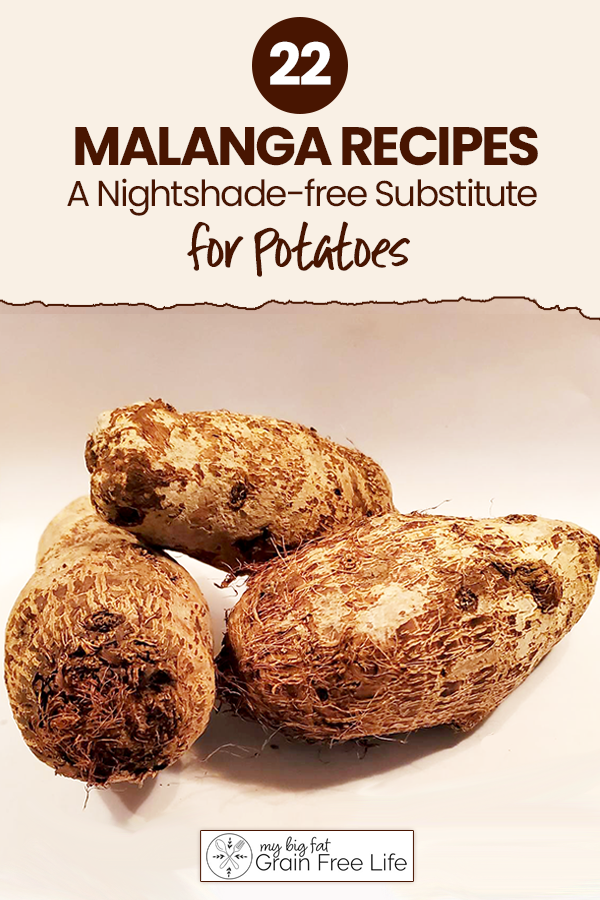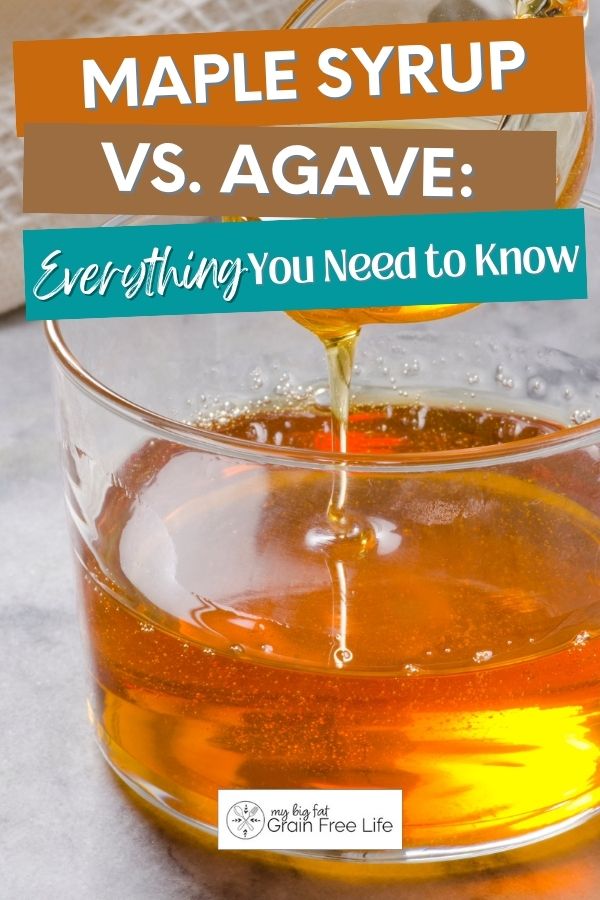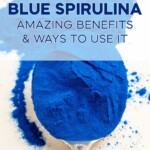Blue Spirulina Powder: Amazing Benefits & Ways to Use It
This post may contain affiliate links. If you make purchase after clicking a link, I may receive a commission at no extra cost to you.
Last Updated on April 16, 2024
Discover the incredible benefits of blue spirulina powder and learn creative ways to incorporate it into your daily routine.

Blue Spirulina
Have you ever heard of spirulina powder? Blue spirulina is a type of algae with a vibrant blue color and many potential health benefits. We’re going to explain what it is, its nutrition profile, and what it can do for your body. We will also discuss how to incorporate blue spirulina into your diet and any potential downsides or precautions to be aware of.
What is Blue Spirulina?
Blue spirulina, also known as blue-green algae, is a type of nutrient-packed superfood. Spirulina is rich in proteins, essential amino acids, vitamins, minerals, and antioxidants, making it a nutrient powerhouse.
It gets its blue pigment from phycocyanin, which is not only responsible for its deep blue hue, but is also a powerful antioxidant. It has even been shown to stimulate the production of white blood cells, specifically lymphocytes and macrophages.

Types of Spirulina
There are two main types of spirulina available on the market: blue spirulina and green spirulina.
Blue Spirulina Vs Green Spirulina
While both offer similar health benefits, they differ in terms of their pigment composition. Blue spirulina derives its color from phycocyanin, which is a powerful antioxidant. Green spirulina gets its green color from chlorophyll. Chlorophyll is believed to have detoxifying properties and may support healthy digestion.
Both types of spirulina offer similar nutritional value, and the choice ultimately comes down to preference. Some people prefer the vibrant blue color of blue spirulina, while others prefer the earthy green tone of green spirulina.
Blue Spirulina Vs Green Spirulina: Taste
Blue spirulina has a mild, slightly sweet taste with a hint of seaweed flavor. On the other hand, green spirulina has a stronger, more earthy taste with a distinct algae flavor. Some people find the taste of green spirulina to be more intense and acquired (it smells like fish food to me).

Blue Spirulina Nutrition
Blue spirulina contains an impressive array of vitamins and is a great source of iron, magnesium, calcium, and antioxidants, which help combat oxidative stress and inflammation in the body.
Vitamins
- Vitamin A: Blue spirulina is a rich source of beta-carotene, which the body converts into vitamin A. Vitamin A is important for maintaining healthy vision and supporting immune function.
- Vitamin B Complex: Blue spirulina contains various B vitamins such as thiamine (B1), riboflavin (B2), niacin (B3), pyridoxine (B6), and cobalamin (B12). These vitamins play crucial roles in energy production, brain health, and red blood cell formation.
Minerals
- Iron: Blue spirulina is an excellent source of iron, which is essential for carrying oxygen throughout the body and preventing iron deficiency anemia.
- Magnesium: This superfood also provides a good amount of magnesium, which supports muscle function, nerve transmission, and bone health.
- Potassium: Blue spirulina contains potassium, an electrolyte that helps maintain fluid balance in the body and supports heart health.
- Calcium: It also contains calcium, which is vital for strong bones and teeth.
Antioxidants
- Phycocyanin: Blue spirulina gets its intense blue color from phycocyanin, a powerful antioxidant that helps protect cells from damage caused by free radicals. Antioxidants are important for overall health and reducing the risk of chronic diseases.
Other Nutrients
- Protein: Blue spirulina is packed with protein and contains all the essential amino acids needed for tissue repair and growth.
- Omega-3 fatty acids: It provides omega-3 fatty acids like gamma-linolenic acid (GLA) that have anti-inflammatory properties and support brain health.
20 Health Benefits of Blue Spirulina
Here’s a list of 20 impressive health benefits of blue spirulina.
Boosts Energy Levels
Blue spirulina is an excellent source of B vitamins, which play a crucial role in energy production.
Aids in Detoxification
The antioxidants found in blue spirulina help remove toxins from the body and support liver health.
Supports Healthy Weight Loss
Due to its high protein content, it can help you feel full for longer, reducing cravings and aiding in weight management.
Strengthens the Immune System
Blue spirulina contains antioxidants and vitamins that support a healthy immune system, helping to ward off illnesses.
Improves Digestive Health
The fiber in spirulina promotes healthy digestion and can alleviate digestive issues, such as constipation.
May Reduce Inflammation
The antioxidants in spirulina have anti-inflammatory effects, potentially reducing inflammation in the body and potentially alleviating symptoms of chronic diseases.
Enhances Brain Health
Blue spirulina contains nutrients that support brain health, including omega-3 fatty acids and vitamins B12 and E.
Promotes Healthy Skin
The antioxidants in blue spirulina help protect the skin from oxidative stress, reducing signs of aging and promoting a youthful complexion.
Supports Heart Health
Blue spirulina is rich in heart-healthy nutrients like potassium, magnesium, and antioxidants that support cardiovascular health.
May Improve Eye Health
The antioxidants and vitamin A contained in spirulina are beneficial for maintaining healthy eyes and may reduce the risk of age-related macular degeneration.
Helps Regulate Blood Sugar Levels
It can help stabilize blood sugar levels, making it an excellent choice for individuals with diabetes or insulin resistance.
Provides Essential Amino Acids
Blue spirulina is a great source of all essential amino acids, which are the building blocks of proteins necessary for various bodily functions.
Helps Boost Metabolism
The B vitamins found in spirulina play a vital role in metabolic processes, assisting in converting food into energy.
Supports Healthy Aging
Blue spirulina’s rich antioxidant content helps protect cells from free radical damage, promoting overall longevity and healthy aging.
Strengthens the Musculoskeletal System
It’s is an excellent source of calcium, magnesium, and phosphorus, which are essential for strong bones and muscles.
Helps Improves Mood and Mental Well-being
The nutrients in spirulina, such as magnesium and omega-3 fatty acids, contribute to a healthy mood and may alleviate symptoms of depression and anxiety.
Enhances Exercise Performance
Blue spirulina’s nutrient profile can support energy production, reduce exercise-induced oxidative stress, and enhance endurance and recovery.
Assists in Cancer Prevention
The antioxidants help neutralize free radicals and reduce the risk of cell mutations that can lead to cancer.
Supports Hormonal Balance
The vitamins and minerals found in spirulina play a role in maintaining hormonal balance, which is essential for overall well-being.
Promotes Hair and Nail Health
Blue spirulina contains nutrients like biotin and vitamin E, which contribute to healthy hair and nails.
What Does Blue Spirulina Taste Like?
Blue spirulina is virtually tasteless. Unlike green spirulina, which can have an earthy or grassy flavor, blue spirulina has a neutral taste, making it easy to incorporate into recipes without altering the flavor significantly. This makes it an ideal superfood addition to increase the health benefits of smoothies, desserts, and beverages.
You May Also Enjoy:

How to Use Blue Spirulina
Here are a few popular ways to incorporate it into your diet:
- Add a teaspoon of spirulina powder to your favorite smoothie recipe for a nutrient-packed boost.
- Blend spirulina powder with frozen bananas and coconut milk to create a delicious and eye-catching blue *nice cream.
- Bake blue spirulina into healthy energy bars or muffins for a colorful twist.
- Mix it into coconut yogurt or chia pudding for a nutritious and visually appealing breakfast.
- Stir the powder into homemade salad dressings, vinaigrettes, or sauces for an added punch of color and nutrients.
*Nice cream is made by blending frozen bananas with other fruits or ingredients of your choice. The result is a creamy, dairy-free dessert treat that is both satisfying and good for you.
How to Store Spirulina
- Keep It In An Airtight Container: Spirulina is sensitive to moisture and air, so it’s important to store it in an airtight container in a dry place to prevent exposure to these elements.
- Store In A Cool, Dark Place: Spirulina should be kept away from direct sunlight and heat sources as they can degrade its quality. Choose a dark and cool place in your pantry or cupboard for storage.
- Avoid Humidity: Moisture can cause clumping and spoilage of spirulina. Ensure that the storage area is dry and free from any humidity.
- Do Not Freeze: Freezing spirulina is not recommended as it can alter its texture and potentially diminish its nutritional value. Stick to storing it at room temperature instead.
- Check For Freshness: Spirulina has a shelf life of about 2 years if stored properly. Periodically check the expiration date on the packaging and discard any expired or outdated product.
Possible Downsides of Blue Spirulina
While spirulina offers a variety of health benefits, it’s essential to be aware of some potential downsides:
- Allergic Reactions: Some individuals may be allergic to blue spirulina, experiencing symptoms such as itching, rashes, or difficulty breathing. If you have a known algae or seafood allergy, it’s best to avoid blue spirulina.
- Contamination: Due to its natural growth environment, spirulina has the potential to be contaminated with heavy metals or toxins. To ensure safety, only purchase organic blue spirulina from reputable sources that test for purity and quality.
- Interactions with Medications: Blue spirulina may interact with certain medications, such as immunosuppressants or blood thinners. If you are taking any prescription medications, it’s advisable to consult with your healthcare provider before adding blue spirulina to your routine.
Who Should Take Caution Before Consuming Spirulina
While spirulina is generally safe for most individuals, there are a few groups who should exercise caution or consult with their healthcare provider before incorporating it into their diets:
- Pregnant Or Breastfeeding Women: Due to limited research, pregnant or breastfeeding women should consult with their healthcare providers before consuming blue spirulina.
- Children: Blue spirulina is not recommended for infants or young children, as their immune systems are still developing.
- Individuals With Autoimmune Diseases: If you have an autoimmune condition, it’s crucial to speak with your healthcare provider before using blue spirulina, as it may stimulate the immune system.
Frequently Asked Questions About Spirulina
Still have some questions about using it? Here are some FAQ about blue spirulina.
What Does Blue Spirulina Do for You?
Whether you’re looking to boost your energy levels, support a healthy immune system, or enhance your skin’s radiance, blue spirulina has got you covered.
Which is Better Blue or Green Spirulina?
Both varieties offer similar nutritional value and health benefits. Some individuals prefer blue spirulina for its vibrant color, while others gravitate towards the earthy taste of green spirulina.
Who Should Not Take Blue Spirulina?
Although blue spirulina is generally safe for consumption, there are a few categories of individuals who should avoid it:
- Individuals With An Allergy To Algae Or Seafood: If you have a known allergy to algae or seafood, it’s best to avoid blue spirulina to prevent adverse reactions.
- People With Phenylketonuria (PKU): Blue spirulina is high in phenylalanine, which individuals with PKU cannot metabolize effectively. Therefore, it is not recommended for them.
Is It Safe to Take Spirulina Every Day?
When consumed in recommended doses, spirulina is generally considered safe for daily consumption. However, it’s important to follow the dosage instructions provided by the manufacturer or consult with a healthcare professional, especially if you have any underlying health conditions or are taking medications.
Does Blue Spirulina Have Side Effects?
In general, blue spirulina is well-tolerated and does not cause significant side effects when consumed in moderation. However, some individuals may experience mild digestive discomfort, such as bloating or diarrhea, when initially incorporating blue spirulina into their diets.
If you have any concerns or experience adverse effects, it’s advisable to reduce or discontinue use and consult with a healthcare provider.
Final Summary
Blue spirulina is a nutrient-packed superfood with a striking blue color and neutral taste. From boosting energy levels and supporting healthy aging to improving digestion and enhancing exercise performance, blue spirulina is a great addition to any diet.
Sources
- https://fdc.nal.usda.gov/fdc-app.html#/food-details/170495/nutrients
- https://www.nutrex-hawaii.com/blogs/learn/blue-spirulina-and-spirulina-difference
- https://www.sciencedirect.com/topics/agricultural-and-biological-sciences/phycocyanin
- https://www.ncbi.nlm.nih.gov/pmc/articles/PMC3136577/
- https://www.ncbi.nlm.nih.gov/pmc/articles/PMC5274660/
- https://examine.com/supplements/spirulina/research/








